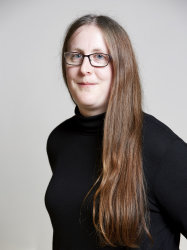BibTex format
@article{Bennett:2021:10.1021/acs.jcim.1c00375,
author = {Bennett, S and Szczypiski, F and Turcani, L and Briggs, M and Greenaway, RL and Jelfs, K},
doi = {10.1021/acs.jcim.1c00375},
journal = {Journal of Chemical Information and Modeling},
pages = {4342--4356},
title = {Materials precursor score: modelling chemists' intuition for the synthetic accessibility of porous organic cage precursors},
url = {http://dx.doi.org/10.1021/acs.jcim.1c00375},
volume = {61},
year = {2021}
}

